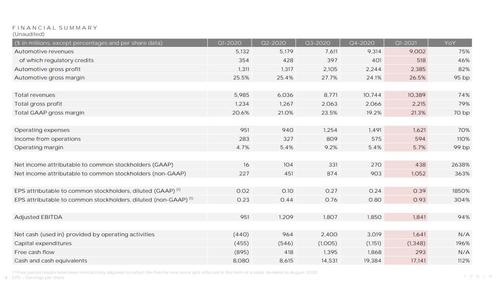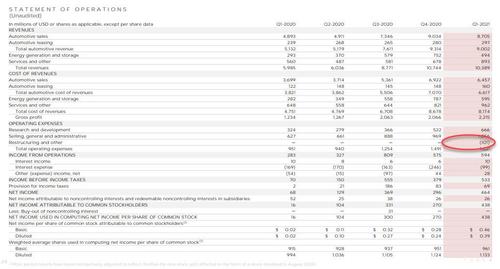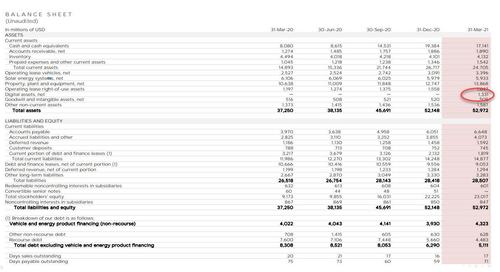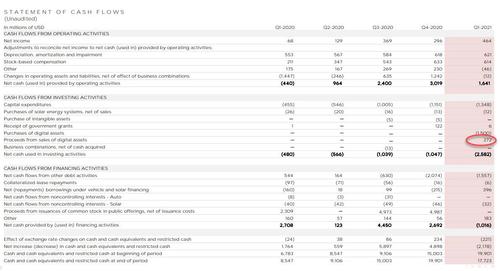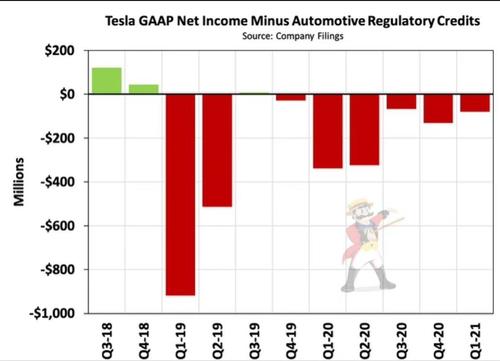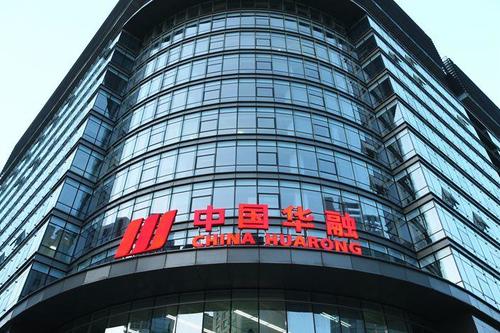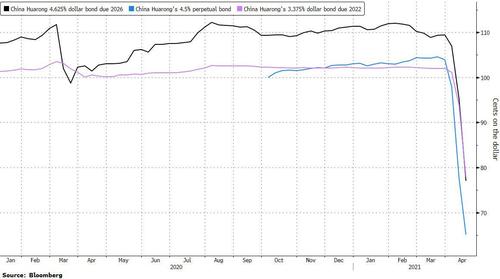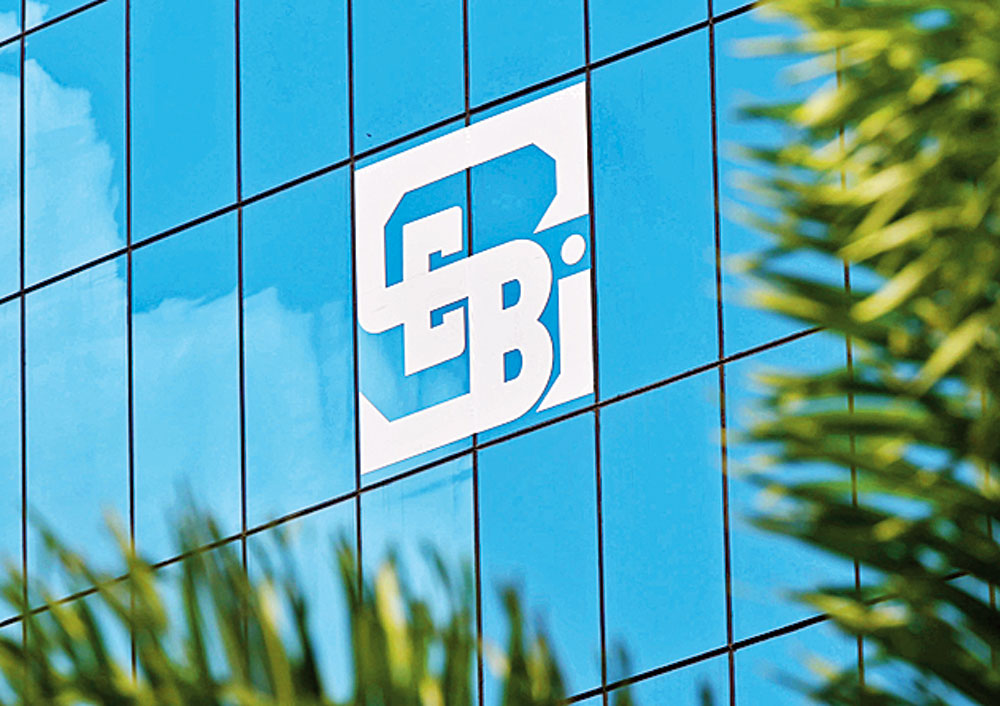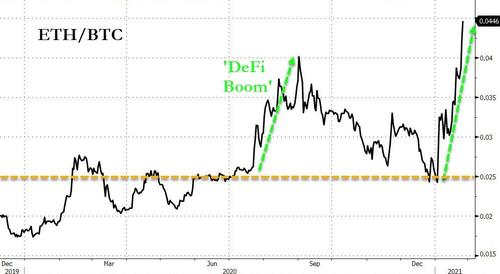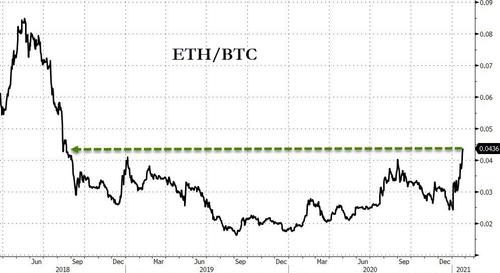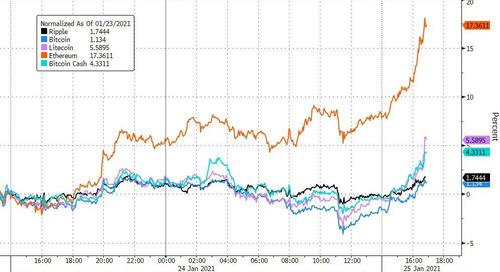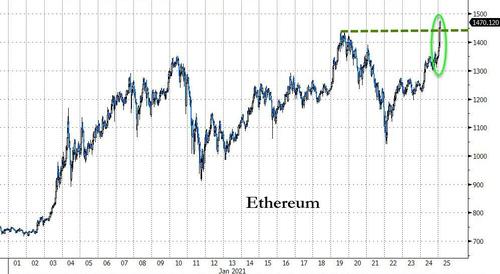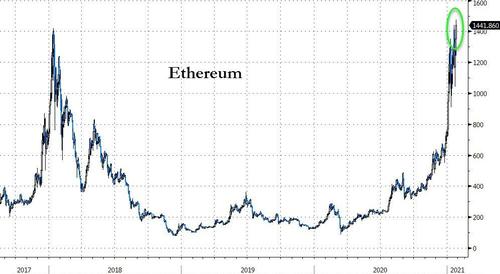The central government on Monday informed
Parliament that it earns almost Rs 33 from the sale of every litre of
petrol and Rs 32 from per litre of diesel.
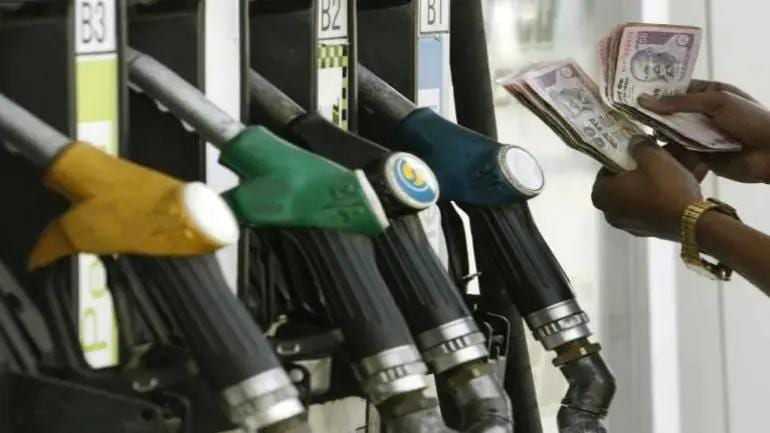
Centre earns around Rs 33 on the sale of each litre of petrol, the govt has told Lok Sabha | Picture Credits: PTI
Even as the petrol and diesel prices continued to stay at the all-time high for the 16th
straight day on Monday, the Centre told Parliament that it earns a huge
amount of revenue from fuel via excise duty, cess and surcharge.
The
central government admitted that, since May 6, 2020, it has been
earning Rs 33 per litre of petrol and Rs 32 on a litre of diesel in form
of central excise duty, including basic excise duty, cess and
surcharge.
In comparison, between March and May 5, 2020, the
central government’s per litre earning on petrol and diesel was almost
Rs 23 and Rs 19, respectively on one litre of diesel (SEE TABLE).

Table: Details of total central excise duty, including basic excise duty, cess and surcharge.
Between
January 1, 2020, and March 13, 2020, only Rs 20 on a litre of petrol
and Rs 16 on a litre of diesel were going to the Centre.
This means, compared to January 1, 2020, the government earning were up by Rs 13 on each litre of petrol and Rs 16 on diesel.
POLITICAL FLAK OVER PRICE FREEZE
The
government has been facing political flak for both a high levy on fuels
and for putting a freeze on fuel prices as five state assemblies head
towards polls.
The opposition has been questioning the
“politically fixed freeze” in fuel prices as rates of petroleum products
in the country are benchmarked to international product prices.
In
reply to a query in Lok Sabha, MoS Finance Anurag Thakur informed that
“generally, the prices of petroleum products in the country are
higher/lower than other countries due to a variety of factors, including
prevailing tax regime and subsidy compensations by the respective
governments, the details of which are not maintained by the government”.
Justifying
the high levies on fuel, he said, “The excise duty rates have been
calibrated to generate resources for infrastructure and other
developmental items of expenditure keeping in view the present fiscal
position.”
“Consumer Price Index-Combined (CPI-C) inflation has
declined from 7.59 per cent in January 2020 to 4.06 per cent in January
2021. CPI—‘Petrol for vehicle’ inflation has increased from 7.38 per
cent in January 2020 to 12.53 per cent in January 2021. CPI—‘Diesel for
vehicle’ inflation has increased from 6.44 per cent in January 2020 to
12.79 per cent in January 2021,” he said.
The government has,
however, been silent on why the oil companies have not changed prices
for over two weeks when the prices of fuels are linked to global crude
prices and calibrated daily.
The last time prices were calibrated
was on February 27, 2021, when the petrol price was hiked by 24 paise
per litre and diesel raised by 15 paise.
Meanwhile, consumers
continue to pay high prices for fuels despite the freeze all over the
country. On Monday, unbranded petrol was retailing in Delhi at Rs 91.17
per litre while diesel was Rs 81.47. In Mumbai, petrol was retailing at
Rs 97.57, while diesel cost Rs 88.60.
CENTRE-STATE SHARE IN FUEL TAXES
In
February, the price of petrol had crashed past the Rs 100-mark in two
places in Rajasthan and Madhya Pradesh. These two states levy the
highest VAT on fuel in the country.
The central and state levies
make up for 60 per cent of the retail selling price of petrol and over
54 per cent of diesel price. If a consumer is paying Rs 100 for a litre
of petrol, almost Rs 33 goes to the Centre, while it’s Rs 32 on a litre
of diesel.
The states cannot complain as not only they charge
their own levies but also get 42 per cent of the central collections,
excluding the cess and surcharge component, as their share, as per the
finance commission recommendation.
‘NO PLANS TO INCLUDE FUEL IN GST LIST’
While
experts have said that the only way to provide relief to the consumer
is to add fuels to the GST list, the states and Centre are reluctant to
do so, given the revenue the fuels bring in to them.
Replying to
question on inclusion of fuels in the GST regime, Anurag Thakur told Lok
Sabha: “Article 366 of the Constitution provides “Goods and Services
Tax” means any tax on supply of goods, or services or both except taxes
on the supply of the alcoholic liquor for human consumption. Thus, the
supply of above petroleum products is not excluded from the purview of
GST.”
However, he added, “Article 279 A (5) of the Constitution
prescribes that the Goods and Service Tax Council shall recommend the
date on which the goods and services tax be levied on petroleum crude,
high-speed diesel, motor spirit (commonly known as petrol), natural gas
and aviation turbine fuel (ATF), also as per the Section 9(2) of the
CGST.”
Through
the finance minister, the government informed the House that inclusion
of these products in the GST list will require the recommendation of the
GST Council.
In a signal that the government is staying
non-committal on the issue, Anurag Thakur told Lok Sabha: “So far, the
GST Council, in which the states are also represented, has not made any
recommendation for inclusion of these goods under GST. The Council may
consider the issue of inclusion of these five petroleum products at a
time it considers appropriate keeping in view all the relevant factors
including revenue implication.
“At present, there is no proposal
to bring crude petroleum, petrol, diesel, ATF and natural gas under GST.
As regards other by-products the same are already under GST,” he said.
 Venture capital fund exits in Indian startups surged in 2021, says a report. Here’s why.
Venture capital fund exits in Indian startups surged in 2021, says a report. Here’s why.



